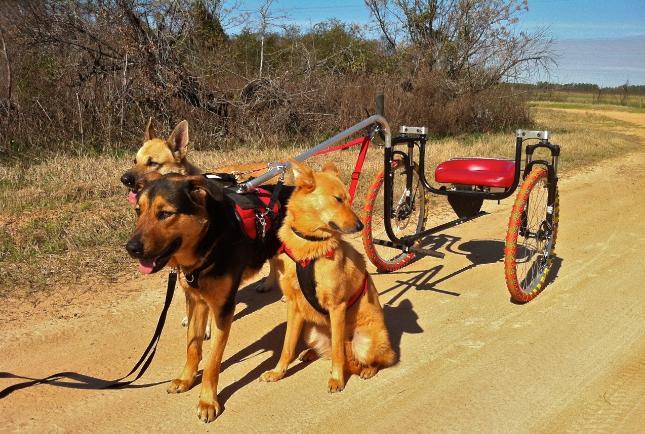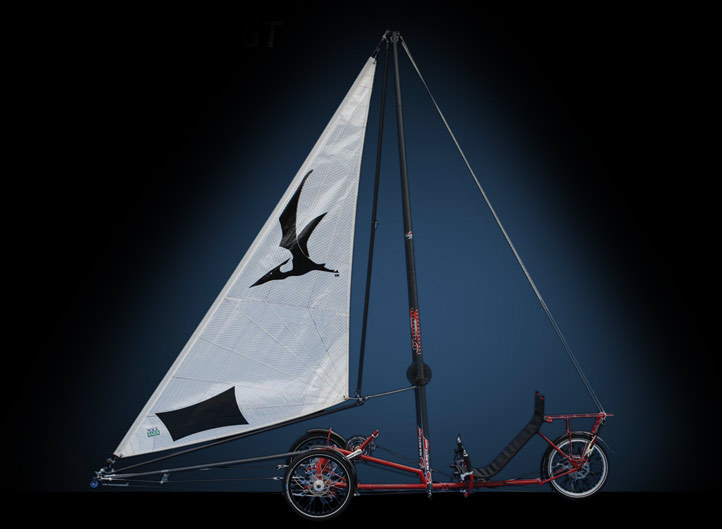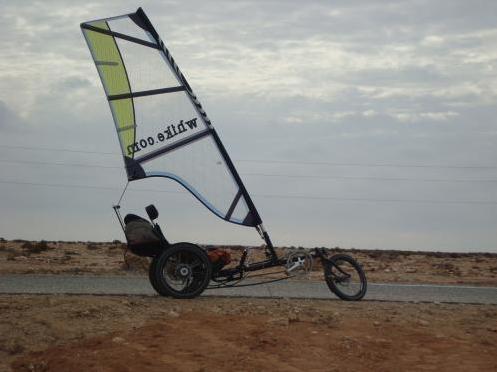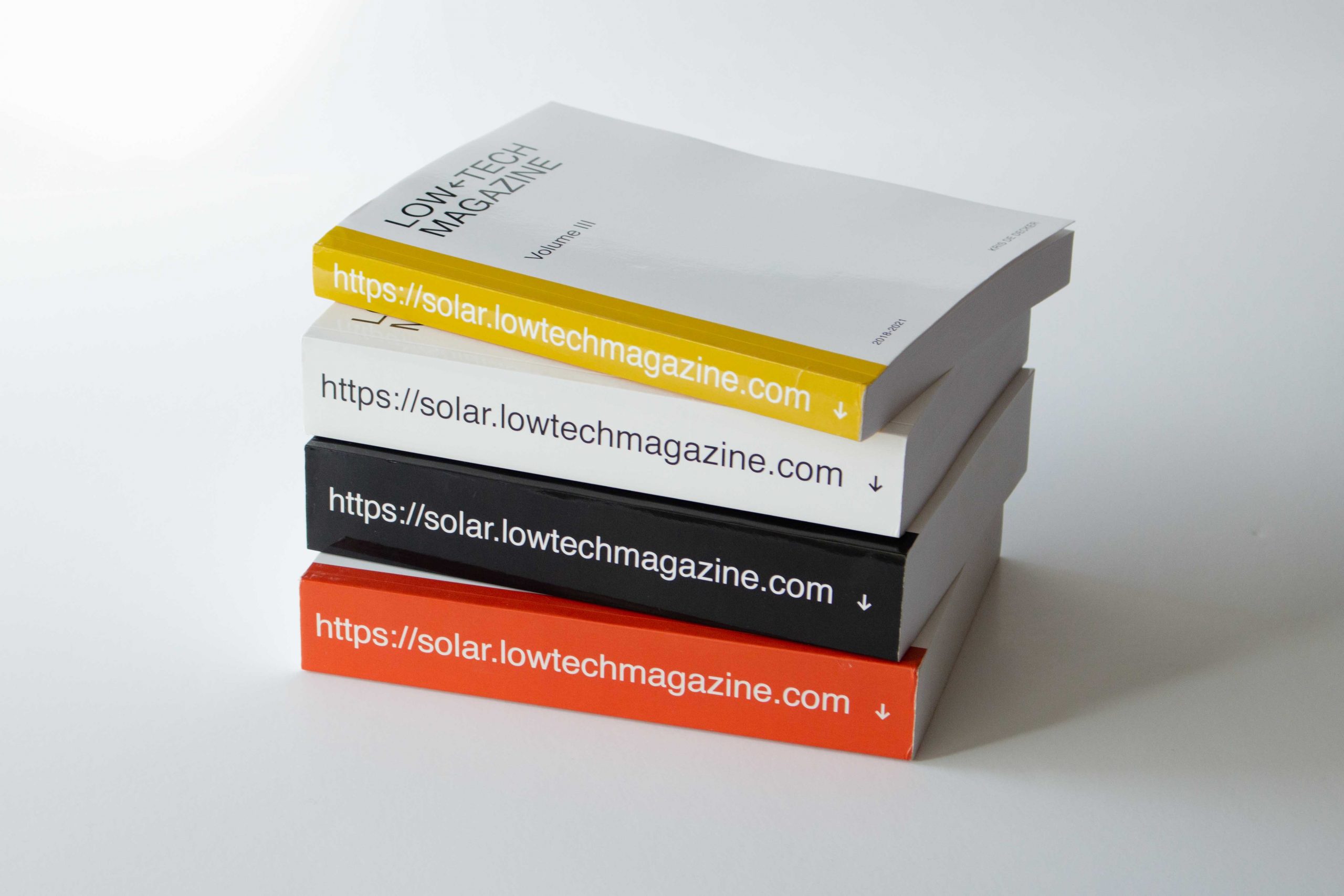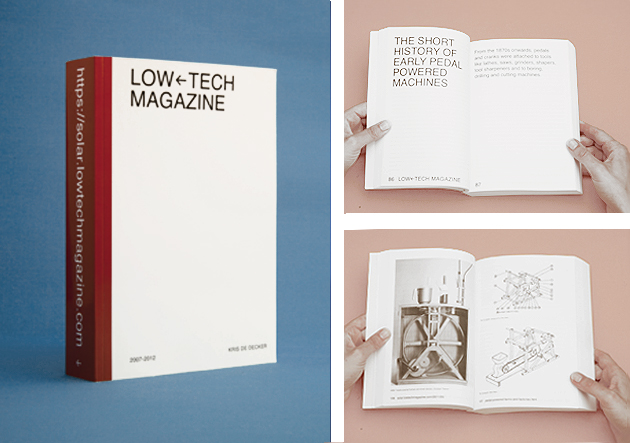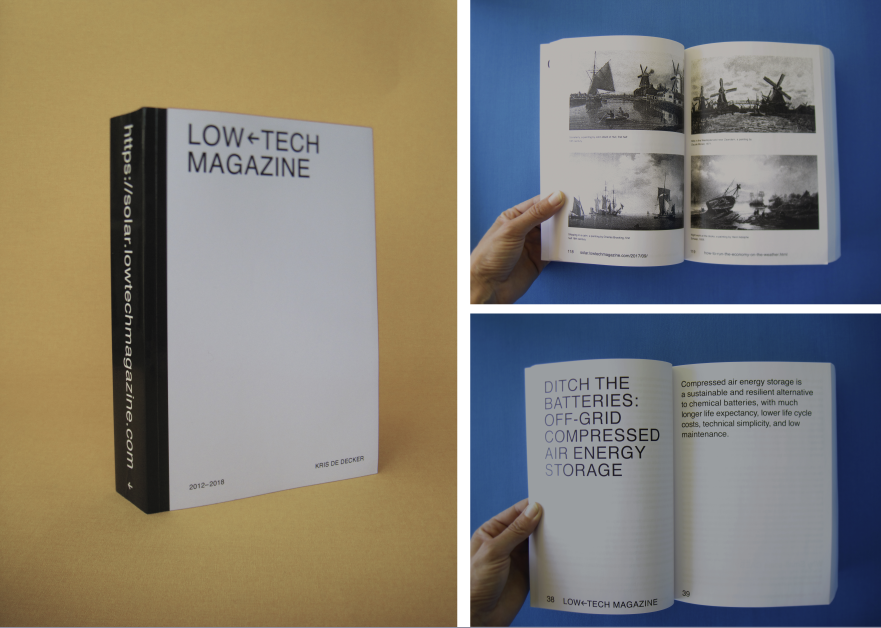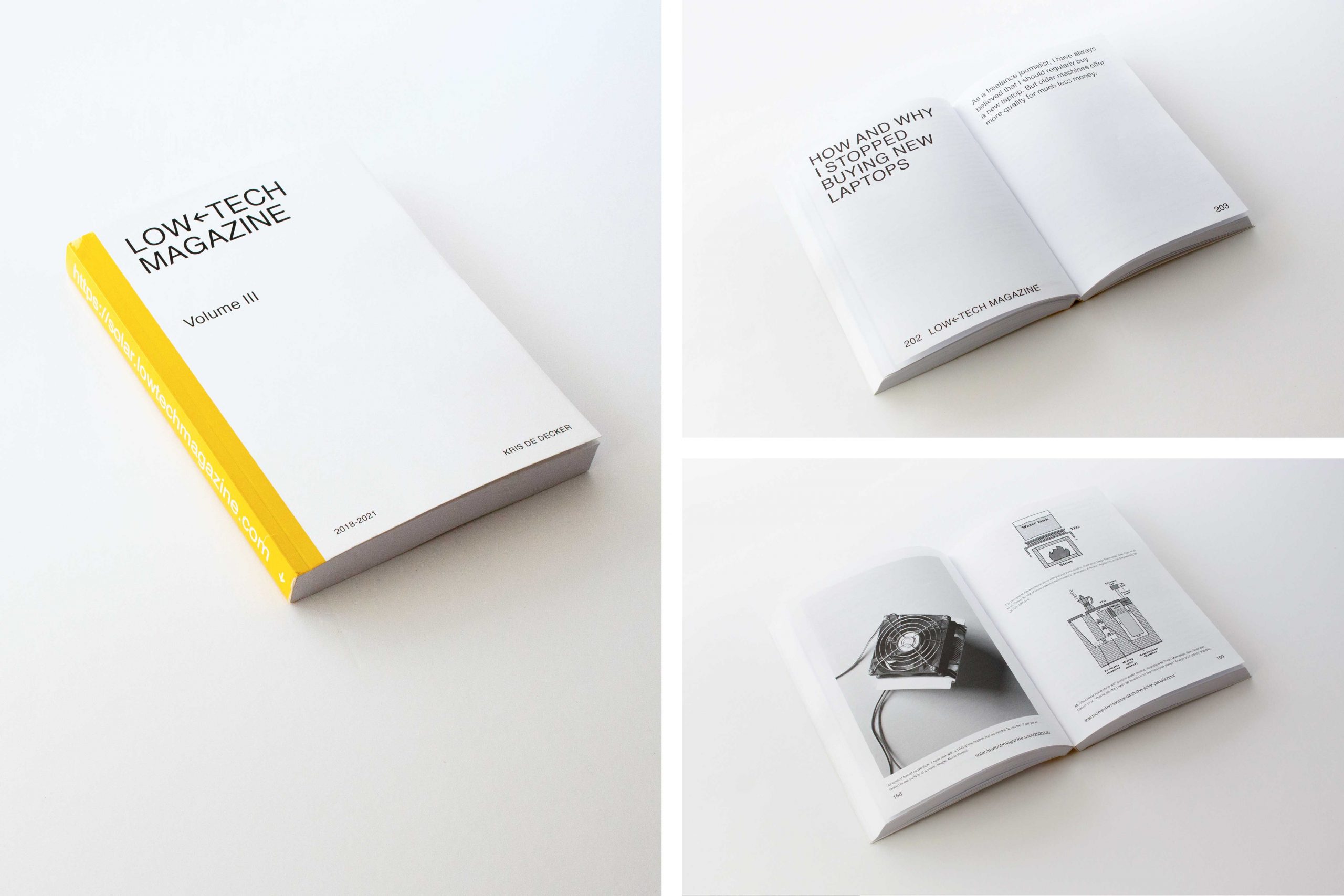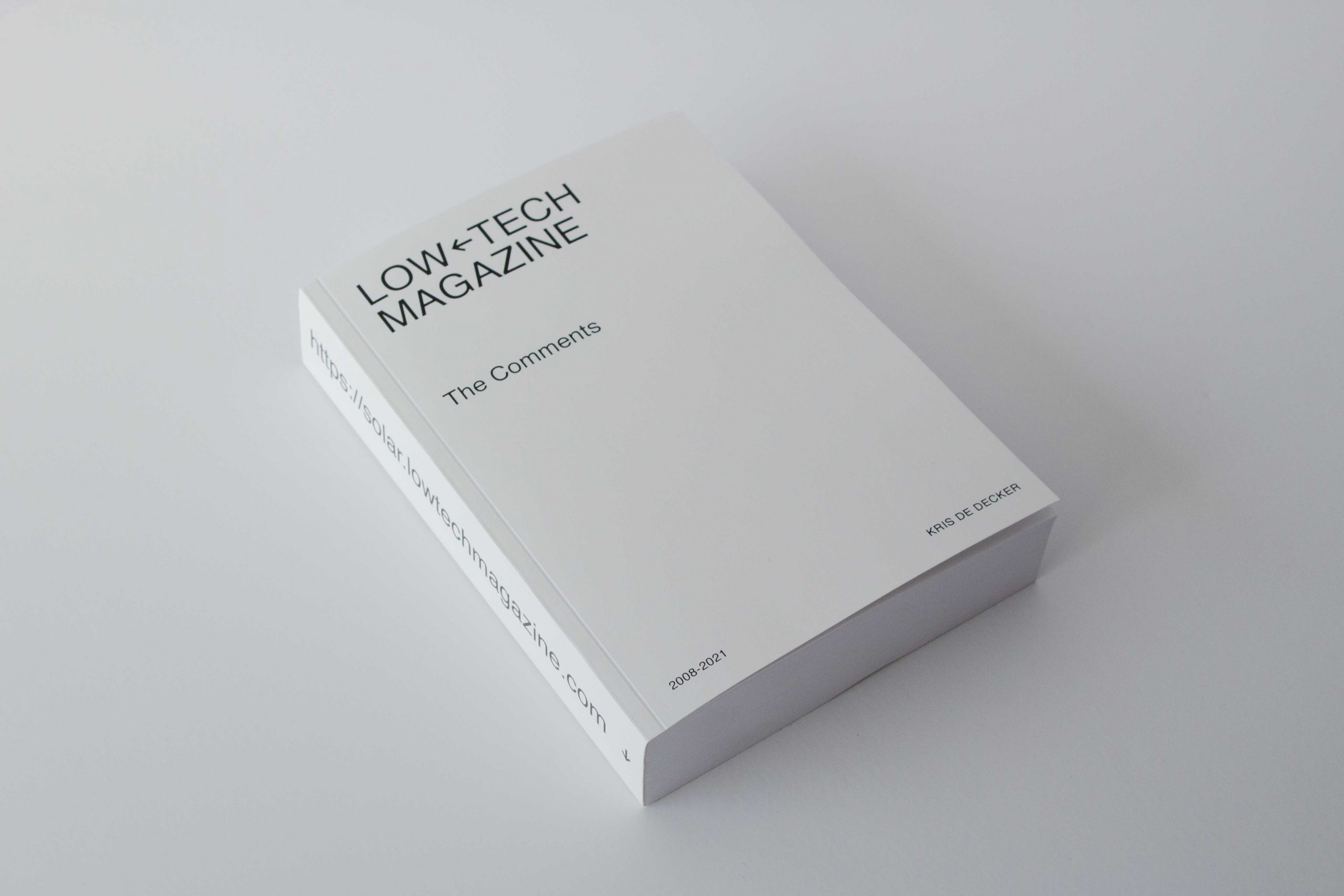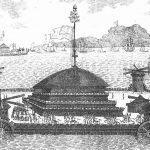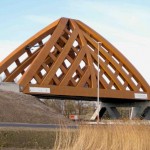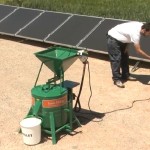Dog owners looking for a more sustainable means of personal transportation should not look any further: the dog sulky is the answer. Dog powered vehicles have been used for the transport of goods and passengers in some European countries during the nineteenth and early twentieth centuries. Compared to those vehicles, the modern dogcarts offered by ChaloSulky promise to deliver a much smoother ride. The carts benefit greatly from the use of bicycle wheels, suspension and brakes. Moreover, the dogs are not confined between two shafts. Instead, only one shaft goes over the animals’ back, making the vehicle lighter and giving the dogs more freedom of movement.
Search Results for: pedal power
Dog Sulkies: Pet Powered Mobility
Wind Powered Trikes
Pterosail Trike Systems is sailing and cycling over 3,000 miles from coast to coast across the USA this summer. The Pterosail is a street-legal recumbent tricycle with sails. It can reach up to 40 mph in good winds. No wind? Pedal. See also, below: the Whike, a Dutch made sail assisted trike.
Related: Guido Vigevano’s wind car / Sailing rockets / Kiteboating / Velomobiles.
Flying Only with the Heat of the Sun
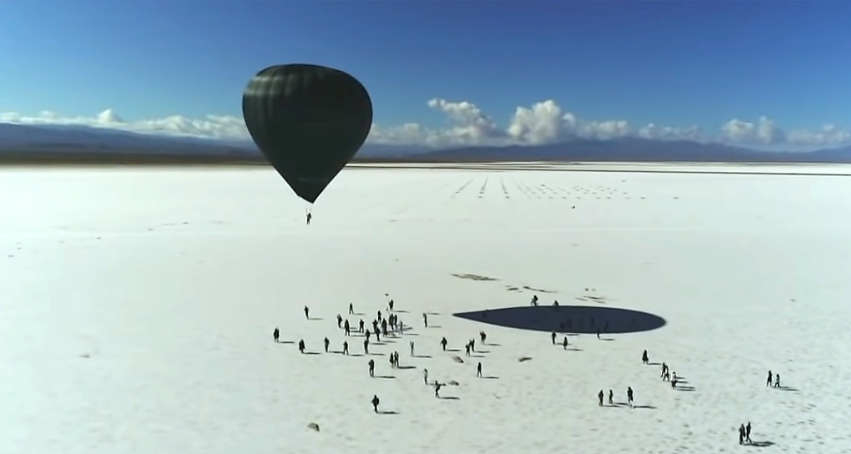
If you picture a flying machine, you probably imagine a craft which is heavier than air, somehow kept aloft with wings or propellers. Heavier-than-air flight dominates discourses about aviation. “Sustainable” crafts are designed to be as light as possible (whilst remaining heavier than air), so that they require less energy from whatever renewable source they use for lift. These machines include human-powered planes such as those using pedals to rotate a propeller. Lighter still are kites and gliders, which remain heavier than air, but rely on air resistance and lighter air around them to fly.
Less discussed are flying machines which are lighter than the air they fly through because the weight of their materials and passengers is counterbalanced by the hot air or light gases they contain. [1] Perhaps this is because most of us experience flight in passenger airliners, not Zeppelins. In theory, making lighter-than-air flight sustainable is simple: heat a container full of air with sunlight so that it rises. In January 2020, Leticia Noemi Marqués flew freely in the Aerocene Pacha solar balloon, the first Fédération Aéronautique Internationale certified fully-solar, untethered, manned flight. Previous flights of this kind went uncertified or relied on propane burners or inflation generators [2]. Aerocene Pacha flies on solar energy not from solar panels or batteries but absorbed directly in the envelope (the fabric of the balloon). [Read more…]
Low-tech Magazine: The Printed Website
After 12 years, sister blog Low-tech Magazine finally made the jump from web to paper. The printed archives of Low-tech Magazine now amount to four volumes with a total of 2,398 pages and 709 images.
Why Paper?
The books are based on the same electronic documents that make up the solar powered website of Low-tech Magazine — all articles were converted to Markdown, a lightweight markup language based on plain text files.
The books can be read when the solar powered website is down due to bad weather. In fact, the content can be viewed with no access to a computer, a power supply, or an industrial civilization. A printed website also serves to preserve the content of Low-tech Magazine in the longer run. Websites don’t live forever, and the internet should not be taken for granted.
Low-tech Magazine Volume I (2007-2012)
Low-tech Magazine Volume I contains 32 articles published between 2007 and 2012. The book has 618 pages and 268 images.
- How to downsize a transport network: the Chinese wheelbarrow
- Medieval smokestacks: fossil fuels in pre-industrial times
- The bright future of solar powered factories
- Pedal powered farms and factories: the forgotten future of the stationary bicycle
- Bike powered electricity generators are not sustainable
- The short history of early pedal powered machines
- Insulation: first the body, then the home
- Aerial ropeways: automatic cargo transport for a bargain
- Hand powered drilling tools and machines
- Boat mills: water powered, floating factories
- Recycling animal and human dung is the key to sustainable farming
- The status quo of electric cars: better batteries, same range
- The sky is the limit: human powered cranes and lifting devices
- Wood gas vehicles: firewood in the fuel tank
- Gas bag vehicles
- Trolley canal boats
- How (not) to resolve the energy crisis
- Hoffmann kilns
- Wind powered factories: history (and future) of industrial windmills
- Water powered cable trains
- Get wired (again): Trolleybuses and Trolleytrucks
- Electric road trains in Germany, 1901 – 1950
- The monster footprint of digital technology
- Cargo ships, then and now
- Moonlight towers: light pollution in the 1800s
- Tiles as a substitute for steel: the art of the timbrel vault
- A steam powered submarine: the Ictíneo
- The Citroen 2CV: cleantech from the 1940s
- Life without airplanes: from London to New York in 3 days and 12 hours
- Satellite navigation in the 18th century
- Email in the 18th century: the optical telegraph
Low-tech Magazine Volume II (2012-2018)
Low-tech Magazine Volume II contains 36 articles published between 2012 and 2018. It has 704 pages and 257 images.
- How to Build a Low-tech Website?
- We Can’t Do It Ourselves
- Ditch the Batteries: Off-grid Compressed Air Energy Storage
- History and Future of the Compressed Air Economy
- How Much Energy Do We Need?
- Bedazzled by Energy Efficiency
- How to Run the Economy on the Weather
- How (Not) to Run a Modern Society on Solar and Wind Power Alone
- Could We Run Modern Society on Human Power Alone?
- Heat Storage Hypocausts: Air Heating in the Middle Ages
- Why the Office Needs a Typewriter Revolution
- The Curse of the Modern Office
- How to Get Your Apartment Off the Grid
- Slow Electricity: The Return of DC Power?
- Power Water Networks
- Fruit Walls: Urban Farming in the 1600s
- Reinventing the Greenhouse
- How to Build a Low-tech Internet
- The 4G Mobile Internet that’s Already There
- Why We Need a Speed Limit for the Internet
- How Sustainable is Stored Sunlight?
- How Sustainable is PV Solar Power?
- Restoring the Old Way of Warming: Heating People, not Places
- The Revenge of the Circulating Fan
- If We Insulate Our Houses, Why Not Our Cooking Pots?
- Well-Tended Fires Outperform Modern Cooking Stoves
- Modular Cargo Cycles
- High Speed Trains are Killing the European Railway Network
- Power from the Tap: Water Motors
- Back to Basics: Direct Hydropower
- The Mechanical Transmission of Power (3): Endless Rope Drives
- The Mechanical Transmission of Power (2): Jerker Line Systems
- The Mechanical Transmission of Power (1): Stangenkunst
- How to make everything ourselves: open modular hardware
- Electric velomobiles: as fast and comfortable as automobiles, but 80 times more efficient
- Cargo cyclists replace truck drivers on European city streets
- The solar envelope: how to heat and cool cities without fossil fuel
Low-tech Magazine Volume III (2018-2021)
Low-tech Magazine Volume III contains 18 articles published between 2018 and 2021. It has 368 pages and 183 images.
- How Circular is the Circular Economy?
- Keeping Some of the Lights On: Redefining Energy Security
- Heat your House with a Mechanical Windmill
- Reinventing the Small Wind Turbine
- How to Make Wind Power Sustainable Again
- Mist Showers: Sustainable Decadence?
- Too Much Combustion, Too Little Fire
- How Sustainable is a Solar Powered Website?
- Fruit Trenches: Cultivating Subtropical Plants in Freezing Temperatures
- Thermoelectric Stoves: Ditch the Solar Panels?
- How to Make Biomass Energy Sustainable Again
- How and Why I Stopped Buying New Laptops
- Vertical Farming Does not Save Space
- How Sustainable is High-tech Health Care?
- Urban Fish Ponds: Low-tech Sewage Treatment for Towns and Cities
- How to Design a Sailing Ship for the 21st Century?
- How to Build a Low-tech Solar Panel?
- Fascine Mattresses: Basketry Gone Wild
Low-tech Magazine: The Comments (2008-2021)
Low-tech Magazine: The Comments collects almost 3,000 comments on roughly 100 articles that we published between 2008 and 2021. The articles are in the three other books we have made so far. The book has 688 pages and no images.
Over the years, readers have often stated that the comments on the website are (at least) as interesting as the articles themselves. We agree. Low-tech Magazine would not have been even half what it is now without the comments. You can even take this literally, because the comments take more space than the articles. This is one of the thickest books we have published so far, despite the extra small font we use.
Print on Demand
Printing is done on demand, meaning that there are no unsold copies (and no large upfront investment costs). Our book distributor Lulu.com works with printers all over the world, so that most copies are produced locally and travel relatively short distances.
It takes a bit longer to receive the book, and because each copy goes straight from printer to client, there is no way for us to control the print quality. Quality is excellent is most cases, but if you receive a copy that is badly printed, you should notify Lulu to get a replacement. It’s a very smooth process and there’s no need to return the damaged copy.
The Big Velomobiles Graphic
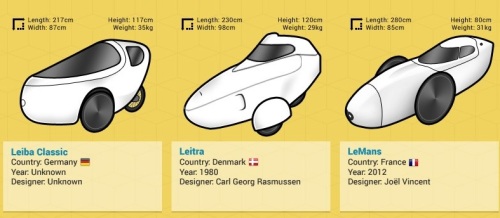 Mads Phikamphon from Denmark published an infographic depicting 27 velomobiles with their specifications and performance. It’s a handy overview for those who are considering to try one of these vehicles that blur the lines between cars and bicycles. The infographic was originally published at Cykelvalg. We leave the word to Mads:
Mads Phikamphon from Denmark published an infographic depicting 27 velomobiles with their specifications and performance. It’s a handy overview for those who are considering to try one of these vehicles that blur the lines between cars and bicycles. The infographic was originally published at Cykelvalg. We leave the word to Mads:
“Most people consider velomobiles as a rather new invention, but the first velomobiles were actually invented much earlier than most people think. In the 1930s you could buy a set of instructions to build your own “Fantom” – a velomobile for 2 persons made out of wood. Thousands of copies of the instructions were sold, but few bikes were built and soon the velomobiles were all but forgotten as cars got more and more popular. It wasn’t until the oil crisis in the 1970s that velomobiles again started to get some attention. A well recognized velomobile from that time is the “Leitra” that remains a popular model amongst many velomobile enthusiasts.”
“As you can see in the graphic below, there are now lots of models to choose between if you want a velomobile, although almost all of them share quite a few characteristics: 3 wheels, an aerodynamic body and room for just one person. Thanks to the aerodynamic body a velomobile is also the fastest HPV or Human Powered Vehicle around. In 2013 a “Velo X3” velomobile reached an amazing 134 km/h (83 mph) and many people expect the “Arion” velomobile to go even faster when it’s ready for testing in 2015. The only big problem that remains is that all the models are rather expensive. No velomobiles are being mass manufactured, so the price of a new velomobile remains at least $3000.” [Read more…]
